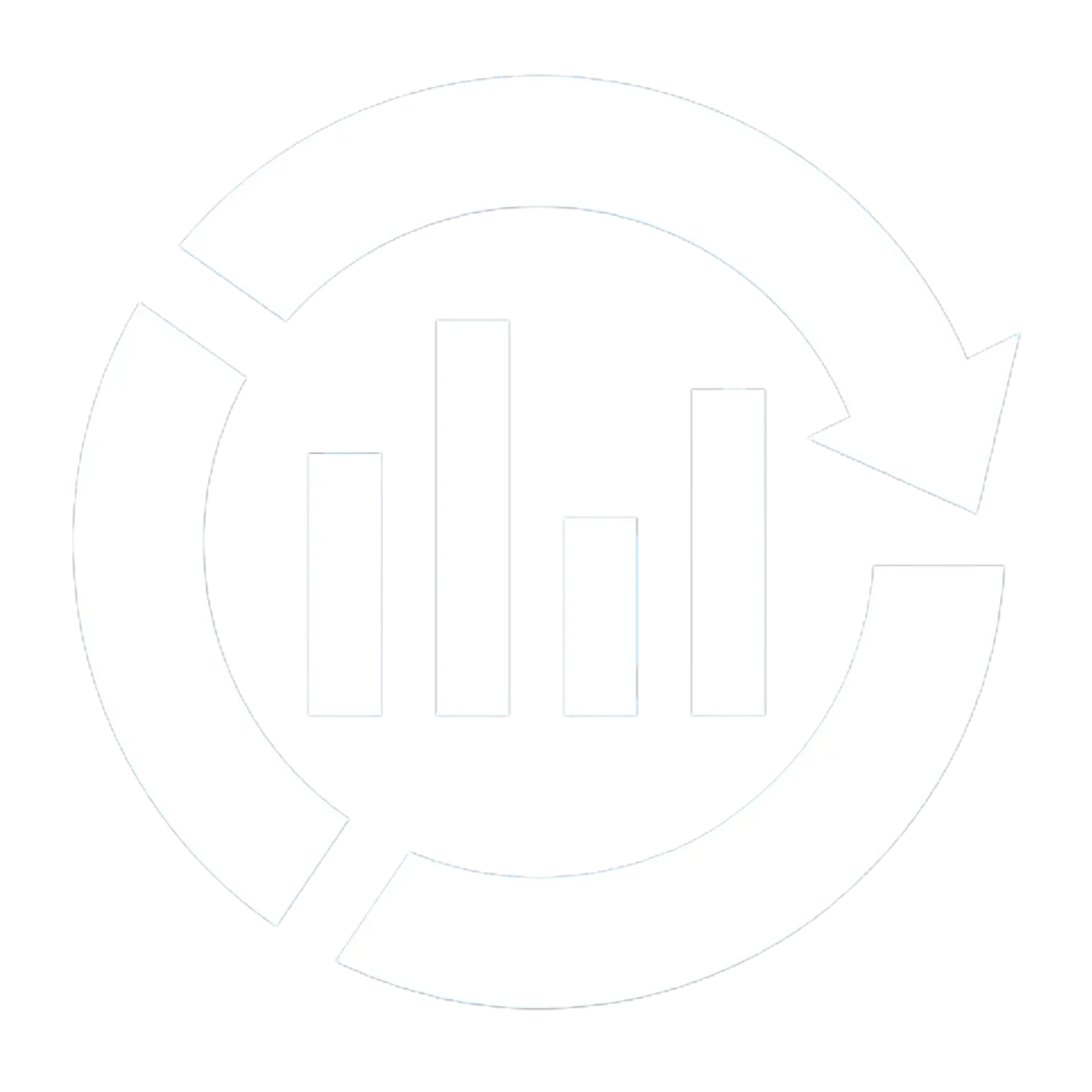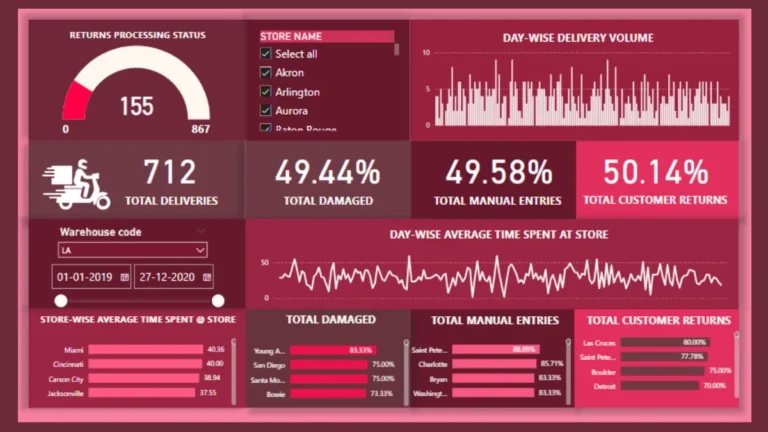Supply chain analytics is the use of data and advanced techniques to understand, predict, and improve how goods move from suppliers to customers. It’s no longer a back-office task—it has become the engine that drives smarter, faster, and more resilient supply chains.
In 2025, the importance of supply chain analytics is bigger than ever. Companies are relying on AI-powered forecasting, predictive models, and real-time dashboards to make decisions that cut costs, improve service, and manage risks. Whether it’s preventing stockouts, reducing excess inventory, or keeping deliveries on track during disruptions, analytics is the difference between falling behind and staying competitive.
This article explores why supply chain analytics matters today, the benefits it delivers, and how it’s shaping the future of global supply chains.

Why Supply Chain Analytics Matters in 2025
The world of supply chains has always been complex, but 2025 has raised the stakes. Companies face rapid demand shifts driven by changing consumer behavior, inflation pressures that squeeze margins, and global risks ranging from climate events to geopolitical tensions. In this environment, reacting late isn’t an option—businesses need the ability to predict and act before disruptions escalate.
That’s where supply chain analytics comes in. By turning raw data into insights, analytics helps companies forecast demand more accurately, optimize inventory levels, and identify risks early. Data-driven decisions don’t just improve efficiency; they create resilience in a time when resilience itself is a competitive advantage.
Consider Amazon during holiday peaks: predictive analytics allows them to forecast millions of orders across regions and position inventory close to customers, keeping same-day delivery promises. Or Maersk, the shipping giant, which uses advanced routing models to cut fuel costs while reducing delays at global ports. Even Walmart leans heavily on real-time data analytics to anticipate supply shortages and keep shelves stocked despite market volatility.
The key difference between traditional supply chain management and analytics-driven supply chains lies in foresight. Traditional approaches are reactive, solving problems after they occur. Analytics-driven supply chains are proactive, using predictive models and AI to anticipate what’s coming and prepare accordingly. In 2025, that edge can determine who leads the market and who falls behind.
Importance of Supply Chain Analytics
Supply chain analytics is more than just dashboards and reports—it’s the engine behind smarter, faster, and more resilient operations. In 2025, the organizations that thrive are the ones that put data at the heart of their supply chain strategy. Here are the core benefits:
1. Improved Forecasting Accuracy
Analytics helps companies move beyond gut feel and simple spreadsheets. Predictive models use historical sales, seasonal patterns, and external data such as weather or social trends to forecast demand with greater precision. For example, Target applies advanced forecasting models to predict back-to-school shopping spikes, ensuring the right products are in stock at the right time.
2. Optimized Inventory Management
Excess stock ties up capital, while stockouts damage customer trust. Supply chain analytics strikes the balance by identifying where inventory should be placed and in what quantities. Coca-Cola, for instance, relies on analytics to align production with regional demand, cutting both storage costs and waste.
3. Cost Reduction and Efficiency
Analytics shines a light on hidden inefficiencies—whether it’s underutilized trucks, costly expedited shipments, or bottlenecks at a distribution center. DHL uses analytics to streamline routes and reduce fuel consumption, saving millions annually while also lowering emissions.
4. Better Risk Management
From supplier delays to natural disasters, risks are inevitable. What matters is how fast a company can detect and respond. Analytics enables scenario modeling, so businesses can prepare backup plans before disruptions occur. For instance, when semiconductor shortages hit, companies with analytics-driven sourcing models were able to pivot suppliers more quickly than their competitors.
5. Enhanced Customer Experience
Ultimately, analytics benefits customers too. Faster deliveries, fewer stockouts, and personalized order tracking all add up to stronger loyalty. Amazon’s ability to recommend delivery windows and suggest alternative products is powered by analytics that continuously learns from customer behavior.
Together, these benefits create supply chains that are not only more efficient but also more adaptable. And in a world where change is constant, adaptability is the ultimate competitive advantage.

Traditional vs. Analytics-Driven Supply Chains
Before diving into specific benefits, it helps to see how supply chains powered by analytics compare to traditional models. The contrast shows why businesses are making the shift in 2025 and beyond.
| Aspect | Traditional Supply Chain | Analytics-Driven Supply Chain (2025) |
|---|---|---|
| Forecasting | Relies on historical averages and intuition, prone to errors | Uses predictive models, AI, and external signals (e.g., weather, social trends) for accurate demand forecasts |
| Inventory Management | Manual stock checks, often leads to overstock or stockouts | Optimized inventory placement and quantities across regions using real-time data |
| Cost Control | Limited visibility, reactive cost-cutting | Identifies inefficiencies (routes, storage, suppliers) proactively to reduce costs |
| Risk Management | Responds after disruptions occur, limited resilience | Scenario modeling and early-warning systems detect risks before they escalate |
| Decision-Making Speed | Slow, hierarchical approvals, fragmented data | Real-time dashboards empower quicker, data-backed decisions |
| Customer Experience | Inconsistent delivery times and frequent stockouts | Faster deliveries, better product availability, and personalized order tracking |
Types of Supply Chain Analytics
Supply chain analytics isn’t one-size-fits-all. Companies apply different types depending on the problem they’re solving:
- Descriptive Analytics – Looks at what happened in the past, turning raw data into performance reports and KPIs.
- Diagnostic Analytics – Explains why it happened by uncovering patterns, root causes, and correlations.
- Predictive Analytics – Anticipates what will happen next using AI, machine learning, and statistical models.
- Prescriptive Analytics – Guides what to do by recommending actions such as optimized routes, reorder points, or supplier shifts.
Each type builds on the other, creating a complete toolkit for smarter supply chains. If you want to dive deeper, check out our detailed guide on Types of Supply Chain Analytics.
Careers in Supply Chain Analytics
As supply chains grow more data-driven, the demand for professionals who can translate numbers into decisions is skyrocketing. Companies no longer just want managers — they want analysts who can forecast demand, spot risks early, and optimize costs.
To succeed, you’ll need a mix of technical and business skills:
- Data & Tech Skills: SQL for querying databases, Python for automation and modeling, and machine learning for predictive insights.
- Optimization & Analytics: Familiarity with statistical models, linear programming, and scenario simulation.
- Business Acumen: Understanding sourcing, logistics, and supplier dynamics so insights actually drive results.
Adding certifications can also boost your credibility. Leading options include APICS Certified Supply Chain Professional (CSCP), CSCMP SCPro™, and university-backed courses like MITx MicroMasters in Supply Chain Management or Coursera’s supply chain analytics programs.
Conclusion
In 2025 and beyond, supply chain analytics is the difference between reacting to problems and preventing them. From forecasting demand to building resilience, it gives businesses a competitive edge that traditional supply chain management can’t match.
Want to take the next step? Explore our in-depth guides on Predictive Analytics in Supply Chain and Top Certifications for Supply Chain Professionals (2025) to level up your career.







5 Comments